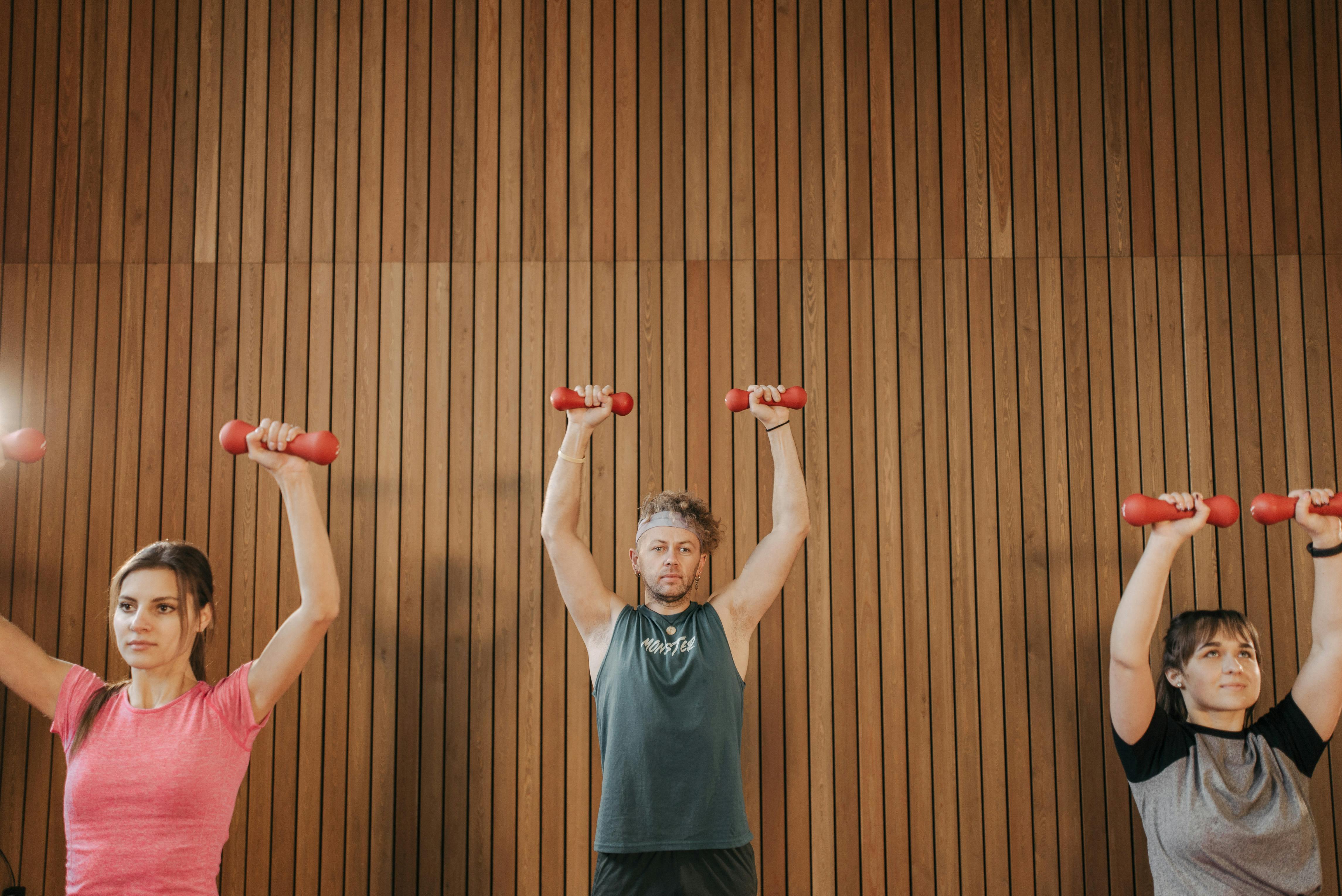Taking your first practice as a basketball coach can be a bit intimidating. However, it doesn’t have to be this way! As long as you do a good amount of preparation before practice, you will be able to get things done quite easily. All you need to do is come up with a good schedule of what to do and for how long. So how do you make a schedule?
Making a schedule is something that will get easier the more you do. I recommend having it written or even typed a few nights before. The hardest schedule to make your first because you don’t know your team yet and you don’t know what they need to work on and practice on. The way to combat this is to cover all areas of the game and work on the fundamentals that all teams will need to work on. Now we can go into some details.
The beginning of the practice should begin by stretching and warming up the muscles. Some coaches have this as part of practice early on, others make it clear to players that this is part of their job and that they should warm up before practice and be ready to go when the first whistle starts. I think the ladder is more appropriate for older age groups. When it comes to youth practice, I think it should be part of practice to ensure the players are warming up properly. This warm-up could last about 15 minutes and include stretching and running. This will increase the heart rate and hopefully players can break into a sweat. From here on, a good transition to ball handling usually goes well.
Ball handling exercises can include a ball or two. Examples of two-ball drills would be dribbling two balls at a time while standing still and then dribbling two balls while walking / running up and down the court. For any ball handling drill, it is important that you, as the coach, emphasize looking up as the players dribble. It is important that they feel comfortable dribbling without looking at the ball. Other ball handling exercises include bouncing a basketball in one hand while catching a tennis ball in the other. Personally, I liked this one because I thought it was the most useful in reaction time. Coaches will throw the tennis ball to the player and they would have to catch it and throw it back while dribbling. Once this becomes easy, the player should be asked to do movements such as crosses, or behind the back between tennis ball throws. After about 30 minutes of ball handling, you can move on to team building exercises.
An example of a team building exercise would be the “3 Man Knit”. This is an exercise in which three players run around the court together weaving around each other. Here you can see a video that explains this in more detail. The benefits of performing this exercise is to improve communication while playing a speed-like game. This exercise tends to be manual at first for younger teams. If your team is really struggling with it, don’t waste all your practice working on it. Give it a certain amount of time (for example, 15 minutes) and after that time continue with your next exercise. However, don’t forget about the drill. Come back to it the next day and the next day. You’d be surprised how quickly players will pick it up the next few times you do it.
From here you can move on to more game-like situations. A good example of this would be the game. This is a great way for children to become familiar with what will be during games and the type of training that will be given to them during games. Trying to be consistent with your messages to the players is important so that they know what you want from them. As you play, feel free to blow your whistle and stop the game. If there is a situation or a play that could be used as a learning experience, it absolutely needs to be explained so that everyone understands what went wrong. It is better to do this right after it happens than at the end of the practice.
To end practice, I always enjoyed when our coaches implemented practice situations at the end of the game. This would imply that they give us a certain situation, like being 2 points down with the ball and 15 seconds to go, and then we have to practice what we would do if it were a real game. This drill would be done 5v5 and would typically switch offense and defense after each attempt. Not only is it great fun, it makes players comfortable with “high pressure” shots.
Overall, making a practice schedule shouldn’t be stressful, it should be exciting. You should be excited to improve your players’ skills. The more practices you schedule, the easier they will be. Once you see your team play a few games, you will have a better idea of what needs to be worked on and where time can be spent during practice.
Some parts comment regarding coaching. All coaches have different styles and the way they teach is different. That said, it’s important that you find what works for you. If you do better at being a positive and upbeat coach and lead by example, then you should. If you are the type of coach who pushes his players to the limit and is not afraid to yell, that could also work if your players respond well. It depends on the players and on yourself. I know some coaches who completely adapt their training styles based on the group of players they have.
In general, improving the players is the most important thing besides having fun when you play.



